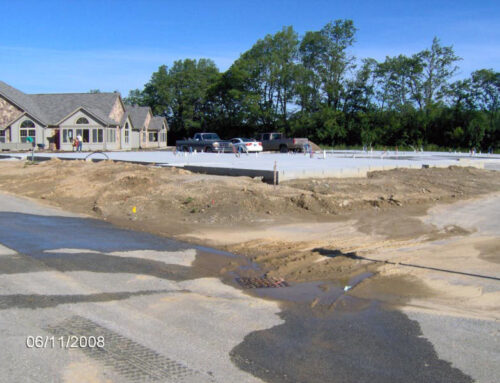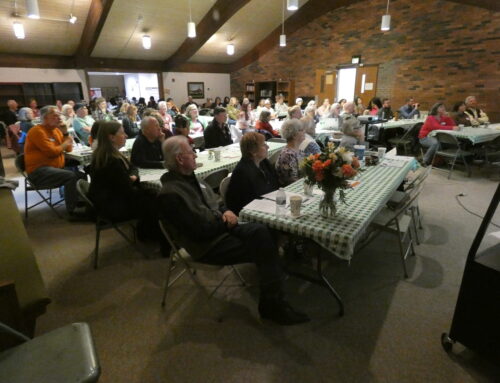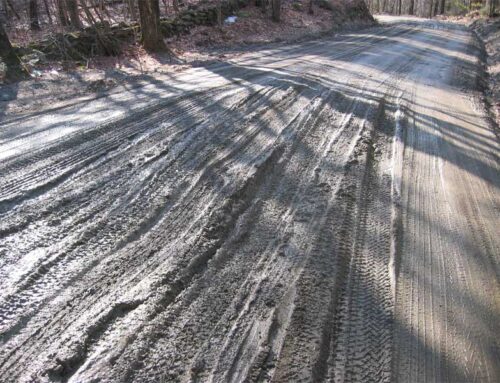Erosion: is it a natural process, or a natural consequence of unsustainable practices? The simple answer is both. Although erosion is a natural process, it has been exacerbated by modern-day land use practices (primarily modern-day agriculture and construction land development) to an unnatural degree.
What exactly is erosion? If we look at the Glossary of Soil Science Terms, erosion is defined as “the wearing away of the land surface by rain or irrigation water, wind, ice or other natural or anthropogenic agents that abrade, detach, and remove soil from one point on the earth’s surface and deposit it elsewhere.” Any time dirt is disturbed and subsequently left bare and unprotected, it becomes extremely susceptible to erosion. An unprotected acre loses approximately 35 tons of soil per year to erosion.
When soil erodes, there are many negative impacts. Soil displaced by water runoff from a construction site can carry pollutants and contaminants into water sources (because of the composition of soil and the composition of many common contaminants, contaminant particles are especially likely to attach to soil particles as they’re carried overland by water – which doubles down on pollution). Erosion also causes problems with drainage that lead to flooding – clogging storm sewer systems and causing accumulation of soil that leads to standing water.
Construction-based erosion can be mitigated by limiting the amount of bare or unstabilized soil at one time, promptly revegetating areas with temporary seeding, mulch, or erosion control blankets, and installing BMPs that slow, contain, and filter stormwater runoff. This is always important, but it becomes especially critical when a site is near a waterway and in areas that flow directly into the storm sewer system.
Erosion happens piecemeal, so it may not seem like a big problem – but every year we are losing a lot of soil, and that has impacts for our water resources and for food production. At current rates of agricultural soil loss, scientists estimate we only have about half a century left before our food supply is critically impacted by erosion. Presently, sediment is the number one pollutant of Indiana’s waterways, with no sign of slowing down.
Whether you work in construction and land development or are a concerned citizen, the SWCD has ways for you to help prevent erosion! Reach out to us for technical assistance or to learn more about volunteer opportunities.







